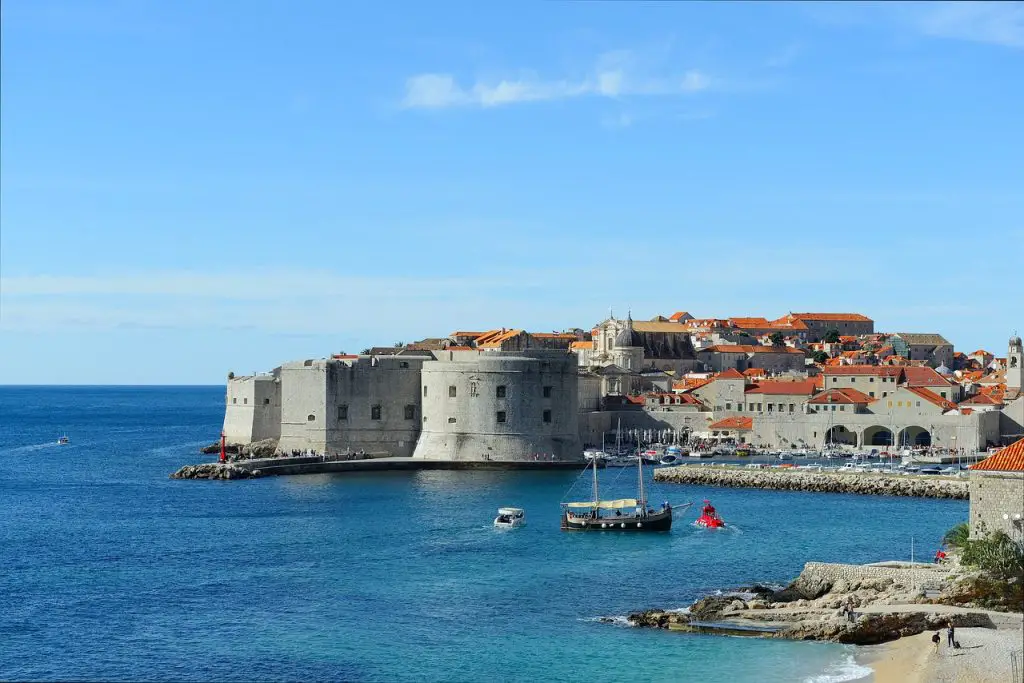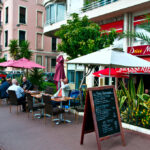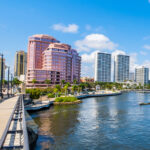Dubrovnik, often referred to as the “Pearl of the Adriatic,” is a gem of a city steeped in history and culture, awash with stunning architecture, and surrounded by the natural beauty of Croatia’s famed Dalmatian Coast. Boasting a rich gastronomic tradition and a vibrant local culture, the city is a haven for travelers seeking a blend of history, culture, cuisine, and outdoor adventure.
History
Dubrovnik’s history is a riveting chronicle of resilience and transformation. The city’s origins date back to the 7th century when it was founded by refugees from Epidaurum, a Roman city located in today’s Cavtat. Initially called Ragusa, Dubrovnik became a bustling seaport, gaining a reputation as a formidable maritime republic during the Middle Ages. Its prowess in shipbuilding and trade put it on par with powerful city-states such as Venice.
During the 15th and 16th centuries, Dubrovnik experienced its golden age, with advancements in literature, science, and art flourishing. The city was a pioneer in establishing laws, such as the abolition of the slave trade in 1418, centuries before the rest of Europe. It also built one of the earliest quarantine facilities, the Lazarettos, and a medical service in 1301.
Dubrovnik’s storied history was marked by a major setback in 1667 when a devastating earthquake destroyed much of the city. However, the indomitable spirit of its people saw the city rebuilt and restore its grandeur. In the more recent past, the 1991-1992 Siege of Dubrovnik during the Yugoslav Wars left scars on the cityscape, but once again, the resilient city embarked on an extensive restoration process.
Local Culture
The local culture of Dubrovnik is a seamless blend of traditional and contemporary elements. Its residents, known as Dubrovnikans, uphold traditions like the Feast of St. Blaise, the city’s patron saint, celebrated annually on February 3 since 972. The Summer Festival, a tradition since 1950, offers a series of classical music, theatre, opera, and dance performances in the city’s atmospheric venues.
But alongside these traditions, Dubrovnik embraces the new, evident in its burgeoning arts scene. Galleries, music venues, and theaters highlight the works of contemporary Croatian artists. The city’s recent recognition as the filming location for the popular television series Game of Thrones has also added to its global cultural appeal.
Food
Dubrovnik’s culinary scene is a tribute to its maritime heritage and Mediterranean locale. Its cuisine is characterized by fresh, locally sourced ingredients, especially seafood. Signature dishes like ‘Crni Rižot’ or black risotto, made with squid ink, and ‘Brodet’, a hearty fish stew, showcase the city’s maritime bounty.
The fertile Konavle region, southeast of Dubrovnik, supplies the city with fresh fruits, vegetables, and quality meats, lending authenticity to local dishes like ‘Pasticada’, a succulent beef dish slow-cooked in wine and prunes. No meal is complete without trying the region’s celebrated wines, including the robust red Dingač and the delicate white Pošip.
Architecture
Architecturally, Dubrovnik is a spectacle, its medieval walls, baroque buildings, and cobblestone streets epitomizing the city’s historical allure. The imposing Walls of Dubrovnik, stretching around the Old Town, offers unparalleled views of the city and the Adriatic.
The Old Town is a UNESCO World Heritage site, with notable landmarks such as the Rector’s Palace, a gothic-renaissance building housing the city’s Cultural History Museum, and the Dubrovnik Cathedral, showcasing a treasury of sacred art. The Franciscan Monastery houses one of the oldest working pharmacies in Europe, dating back to 1317, and a library with over 30,000 volumes, manuscripts, and documents.
The Sponza Palace, a beautiful blend of Gothic and Renaissance styles, once a customs office and mint, now houses the city’s archives. The city’s layout, with its well-preserved walls and forts and its carefully planned streets and squares, exhibits a remarkable level of sophistication for its time.
Nature and Outdoor Activities
Dubrovnik’s natural environs are as compelling as its built heritage. Framed by the turquoise Adriatic Sea and cradled by lush hills and limestone cliffs, Dubrovnik offers a plethora of outdoor activities.
The Elaphiti Islands, a short boat ride away, are perfect for hiking, swimming, and exploring secluded beaches. Lokrum Island, a nature reserve just off the city’s coast, boasts botanical gardens, a monastery, and a small lake, ideal for a serene day trip.
For those seeking more thrill, sea-kayaking along the city walls and around Lokrum Island offers an exhilarating perspective of Dubrovnik. Scuba diving is another popular activity, with several underwater caves and wrecks dotting the sea around the city.
Inland, the Konavle region, known as Dubrovnik’s countryside, offers biking and horse riding trails amidst its vineyards and olive groves. A short trip north leads to the Trsteno Arboretum, the oldest in this part of the world, showcasing a splendid array of trees and plants, and offering stunning sea views.
The rich mosaic of Dubrovnik, woven with threads of history, culture, food, architecture, and nature, is a testament to the city’s enduring appeal. It’s a city that effortlessly bridges the past and the present, tradition and innovation, local charm and cosmopolitan glamour. And it’s this enchanting blend that makes Dubrovnik a truly unique travel destination.







